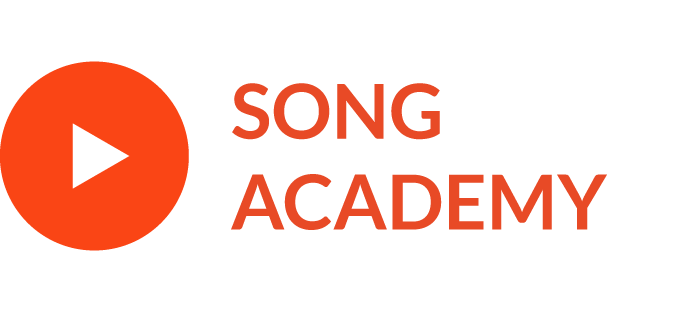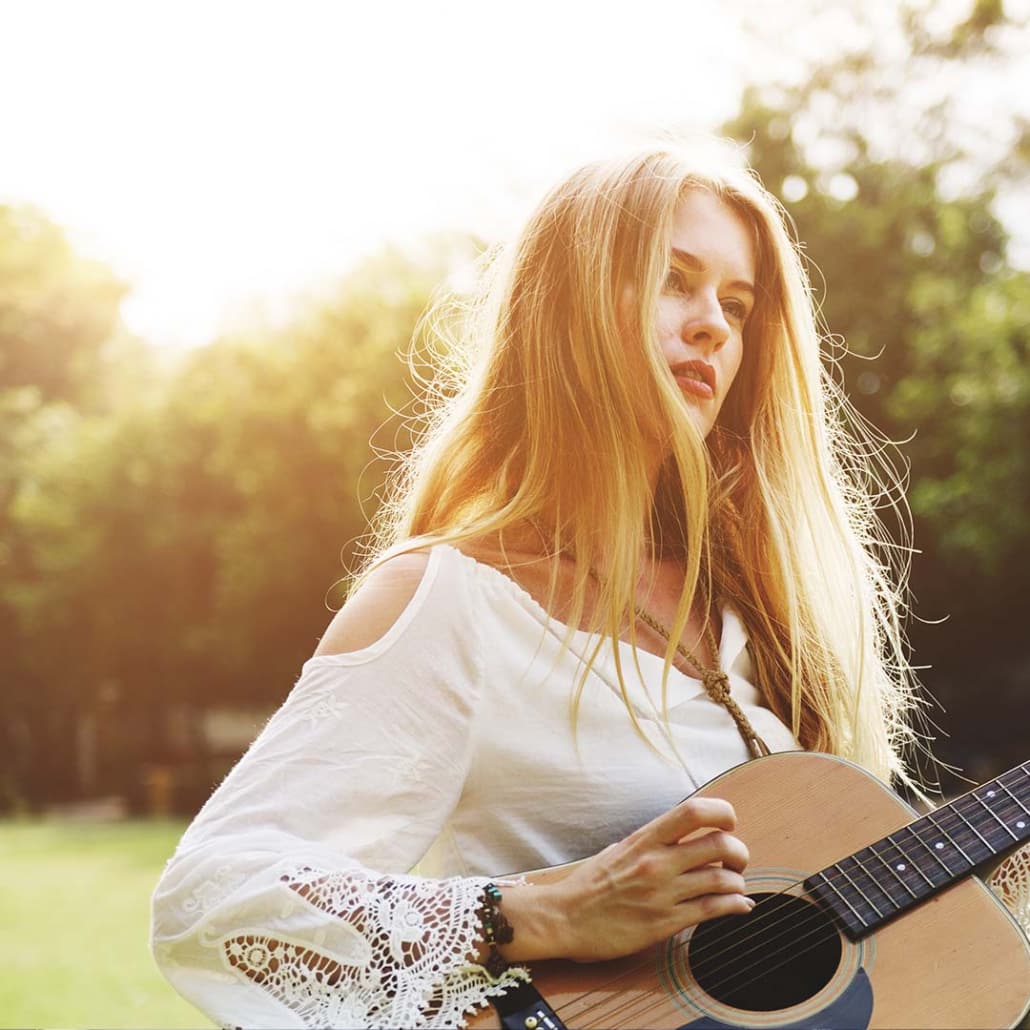Spotlight on the Folk song genre
The aim of our spotlights on different song genres is to make it easy for Music teachers to bring to life the different contemporary music styles. In addition, for English teachers to have the knowledge and a great instrumental track for pupils to write song lyrics in a style of music they choose.
Folk music is a music genre that includes traditional folk music and the contemporary genre that evolved from the former during the 20th century. Traditional folk music has been defined in several ways: as music transmitted orally, music with unknown composers, music that is played on traditional instruments, music about cultural or national identity. It has been contrasted with commercial and classical styles.
We’ve looked at some of the key features of instrumentation, rhythm & beat and chords & harmonies in Folk songs. Plus we’ve selected some Folk songs to have a listen to. Pupils can use our demonstration instrumental track to write their lyrics & melodies over.
Instrumentation
Traditional folk music is often related to national cultures which includes their traditional instruments and singing styles. Flutes, percussions and string instruments are the most common. The Mandolin, the Sitar, Bongos and the Marimba are among the best known instruments of nations around the world but there are many many more. In the western culture, folk music is mainly guitar based but it also includes drums, violin, upright bass, banjo and accordion just to name a few.
Rhythm and Beat
Folk musics around the world can sound very different from each other. Samba rhythms in Brazil is different to the grooves in Indian music. In the western countries, folk music has cohabited with Pop, Rock, Blues, Jazz, classical and many other genres so of course it has always been influenced since the 20th century. Taylor Swift is a good example of contemporary artists who started out with Folk music although we could described her music as Pop.
Chords and Harmonies
Same as for the rhythms and instrumentations, folk musicians in Arab countries felt the music differently than in asian countries for example. They perceived and structured music from their own ears that is why they use different scales and harmonies. In western countries, folk has been influenced by other genres to create crossovers like rock folk, jazz folk although the roots of Folk mainly are influenced by Classical music, using the Main I, IV and V degrees.
Demonstration instrumental track
You can use our demonstration instrumental track below to have a go at putting your lyrics and melodies over a Folk style instrumental. The Demo instrumental uses mainly 2 acoustic guitars which is very common in American folk music. It’s in 6/8 time. The song structure of this instrumental track is:
Intro – 4 bars
Verse 1 – 8 bars
Pre Chorus – 4 bars
Chorus – 16 bars
Intro – 4 bars
Verse 2 – 8 bars
Pre Chorus – 4 bars
Chorus – 16 bars
Bridge – 8 bars
Drop – 1 bar
Chorus – 16 bars
SONG REFERENCES
Following songs are here to show you the similarities of western folk songs from different times.
RIPTIDE – VANCE JOY
Contemporary Folk Song that uses mainly the ukulele. A folk instrument that originated in Hawaii.
GEORGE EZRA – BUDAPEST
An other contemporary Pop Folk song that could actually be a pop song. The element that mainly make it sounds as a Folk song is the instrumentation: the acoustic guitars, the way of singing, the acoustic drums and the percussions (especially the tambourine which is often present in most pop folk productions)
BLOWING IN THE WIND – BOB DYLAN
One of the most important Folk´s characteristic are stories that are told with poetical lyrics. Bob Dylan is a master of it and has had a big influence on songwriting in Popular music since the 1960s with his deep messages but also his unconventional singing skills.
CLOSER TO FINE – INDIGO GIRLS
This is an acoustic folk song from 1989 that uses mainly guitar rhythms. The main vocal is accompanied by a typical and single folk backing vocal.









